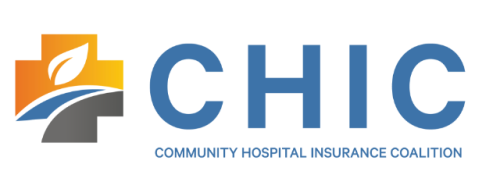Prescription Drug Reporting Due by Dec. 27, 2022
Employee Benefit Plan Limits Increase for 2023
Prescription Drug Reporting Due by Dec. 27, 2022
A new transparency provision requires employer-sponsored health plans and health insurance issuers to annually report information about prescription drugs and health care spending to the federal government. This reporting process is referred to as the “prescription drug data collection” (or “RxDC report”).
The first RxDC report is due by Dec. 27, 2022, and covers data for 2020 and 2021. Going forward, the annual deadline for the RxDC report is June 1. This means that the second RxDC report is due by June 1, 2023, covering data for 2022.
Impact on Employers
The RxDC reporting requirement applies to employer-sponsored group health plans, including fully insured and self-funded plans. According to interim final rules, employers may use issuers, third-party administrators (TPAs), pharmacy benefit managers (PBMs) or other third parties to submit the RxDC reports on their behalf.
Federal agencies have stated that, although employers can submit the RxDC reports on their own, they expect it will be rare for employers to do so.
Action Steps
Employers should reach out to their issuers, TPAs or PBMs, as applicable, to confirm that they will submit the RxDC reports for their health plans. Employers should also update their written agreements with these third parties to reflect this reporting responsibility.
In addition, employers with self-funded plans should monitor their TPA’s or PBM’s compliance with the RxDC reporting. Unlike fully insured plans, the legal responsibility for RxDC reporting stays with a self-insured plan even if its TPA or PBM agrees to provide the report on its behalf.
Employee Benefit Plan Limits Increase for 2023
Many employee benefits are subject to annual dollar limits that are updated for inflation before the beginning of each calendar year. Due to high inflation rates, many employee benefit plan limits will substantially increase in 2023. Note that some benefit limits are not indexed for inflation, such as the dependent care FSA limit and the catch-up contribution limit for HSAs.
For plan years beginning on or after Jan. 1, 2023, the following limits have increased:
- HSA contribution limits:
- Single coverage—$3,850 (up $200 from 2022)
- Family coverage—$7,750 (up $450 from 2022)
- Health FSA contribution limit—$3,050 (up $200 from 2022)
- Health FSA carryover limit—$610 (up $40 from 2022)
- Transportation fringe benefit plan monthly limits—$300 (up $20 from 2022) Employees’ 401(k) elective deferral limit—$22,500 (up $2,000 from 2022)
- Employees’ 401(k) elective deferral limit—$22,500 (up $2,000 from 2022)
- Employees’ 401(k) catch-up contribution limit—$7,500 (up $1,000 from 2022)
A


